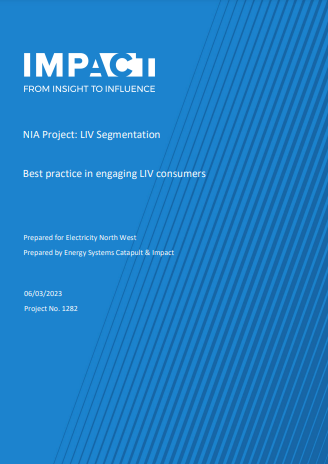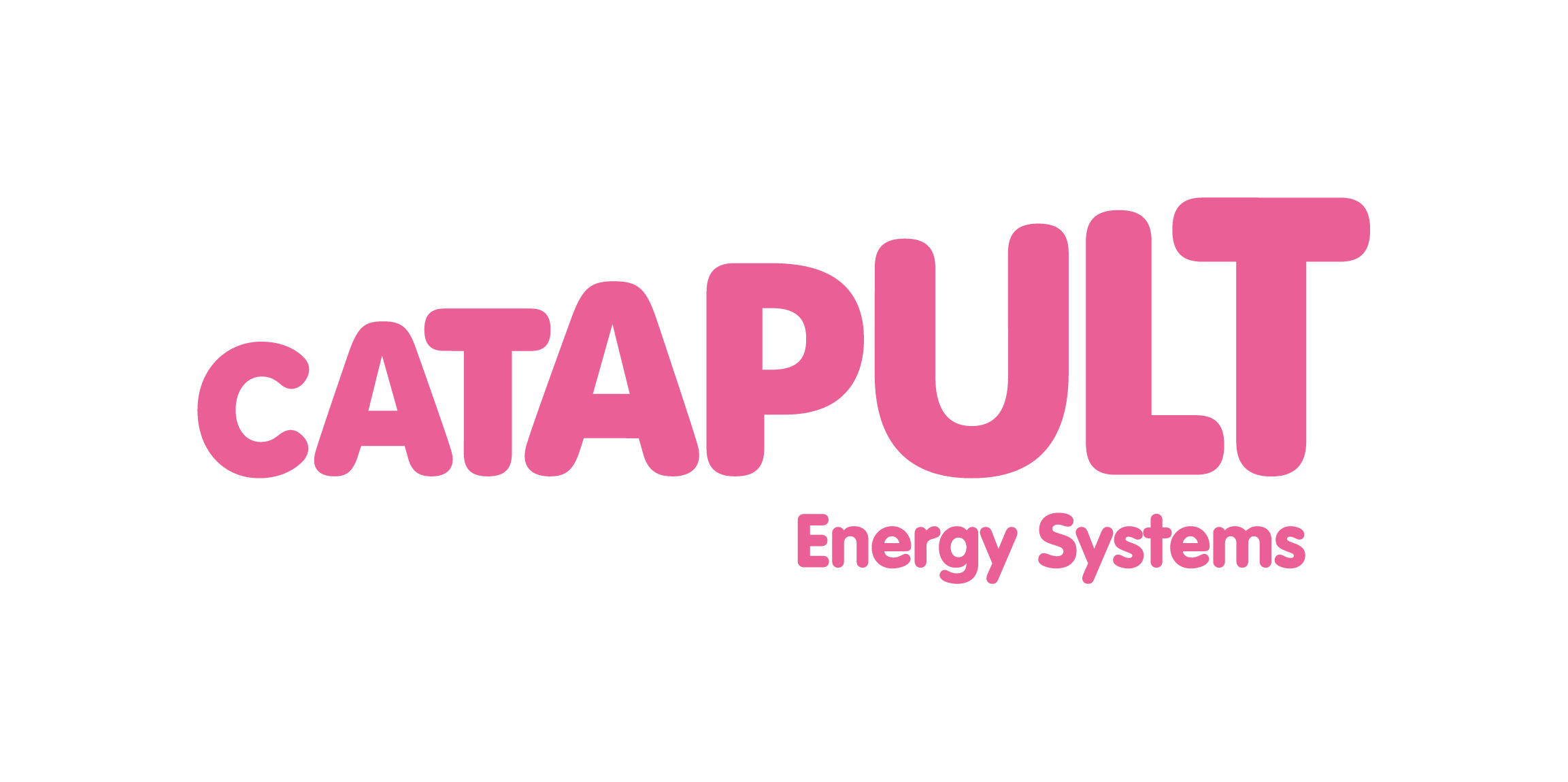The aim of this research is to provide electricity Distribution Network Operators (DNOs) and Gas Distribution Networks (GDNs) with a better understanding of the needs of LIV consumers in order to develop more efficient, targeted services that will help to deliver lower cost to serve, higher social return on investments, and a readiness for future vulnerabilities and changing energy markets.
 Impact Research were commissioned to undertake NIA-funded research for Electricity North West related to low-income and vulnerable (LIV) consumers. The aim of this research is to provide electricity Distribution Network Operators (DNOs) and Gas Distribution Networks (GDNs) with a better understanding of the needs of LIV consumers in order to develop more efficient, targeted services that will help to deliver lower cost to serve, higher social return on investments, and a readiness for future vulnerabilities and changing energy markets. With energy being an essential service that affects people’s comfort and health, it is imperative to ensure that the needs of all consumers are met and that the most vulnerable are adequately protected for the future market, especially in light of the cost-of-living crisis after COVID-19 and the war in Ukraine.
Impact Research were commissioned to undertake NIA-funded research for Electricity North West related to low-income and vulnerable (LIV) consumers. The aim of this research is to provide electricity Distribution Network Operators (DNOs) and Gas Distribution Networks (GDNs) with a better understanding of the needs of LIV consumers in order to develop more efficient, targeted services that will help to deliver lower cost to serve, higher social return on investments, and a readiness for future vulnerabilities and changing energy markets. With energy being an essential service that affects people’s comfort and health, it is imperative to ensure that the needs of all consumers are met and that the most vulnerable are adequately protected for the future market, especially in light of the cost-of-living crisis after COVID-19 and the war in Ukraine.
Vulnerability is a complex issue. The term ‘vulnerable’ itself is associated with stigma, causing some consumers who are classified as vulnerable by companies to simply not perceive themselves this way. This can result in consumers missing the support that is available from DNOs and GDNs. Further complications come from the multidimensional nature of vulnerable circumstances as they are rarely experienced in isolation. This makes it difficult for vulnerabilities to fit into neatly separated categories. However, the term is still widely recognised and used by operators. Specifically, the definition in the energy sector given by Ofgem, made intentionally wide to capture how vulnerabilities can be transitory as circumstances change or permanent:
“[Vulnerability is] when a consumer’s personal circumstances and characteristics combine with aspects of the market to create situations where he or she is:
- Significantly less able than a typical consumer to protect or represent his or her interests in the energy market; and/or
- Significantly more likely than a typical consumer to suffer detriment, or that detriment is likely to be more substantial.”
In the report ‘How LIV Consumers are Currently Defined’, Impact Research established a range of different ‘lenses’ through which to view LIV consumers, their diverse needs and the existing and planned initiatives designed to meet them. This was achieved through a literature review of reports by the electricity and gas sector, as well as other third parties covering issues surrounding LIV consumers relevant to the utilities sector.
The report identified five lenses, some including further granularity through sub-lenses:
- Safety
- Finance
- Technology
- Electricity and gas supply
- Customer relation.
A range of vulnerabilities were identified as relevant to each lens, reflecting the diversity of consumers that DNOs and GDNs serve.
This report builds on the findings of the ‘How LIV Customers are Currently Defined’ report to recommend best practice for the energy sector in defining the different types of vulnerability. This was achieved through a review of the detailed consumer types affected by each lens and a consolidation exercise to identify key groups aligned with common industry classifications and prioritise them by breadth of relevant lenses. The report also recommends appropriate methods for engagement with people of each vulnerable group, drawing from a review of accepted best practice in research, trials, and engagement with vulnerable consumers.
Impact Research’s ‘How LIV Customers are Currently Identified’ report identifies 27 different consumer types affected by the various lenses. This is too many for DNOs and GDNs, or our research, to be able to practically target individually. However, some clear themes and categories emerge within the granularity of the different consumer types, enabling us to distil them down into seven categories (with some subsets) for consideration:
- Elderly
- Physically impaired
- Mental health impairments
- Low income
- Residential barriers
- Technical barriers
- Poor access to information.

